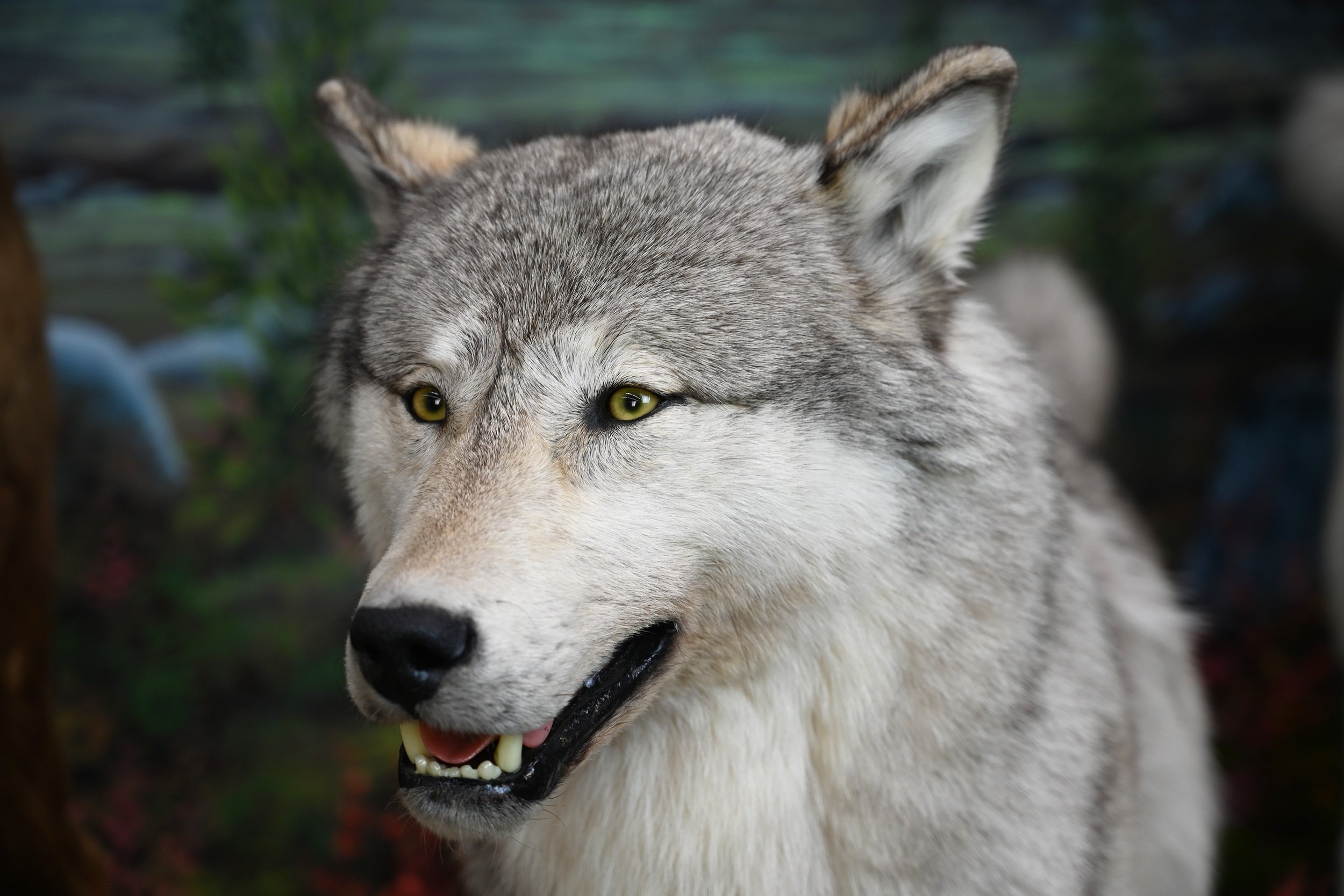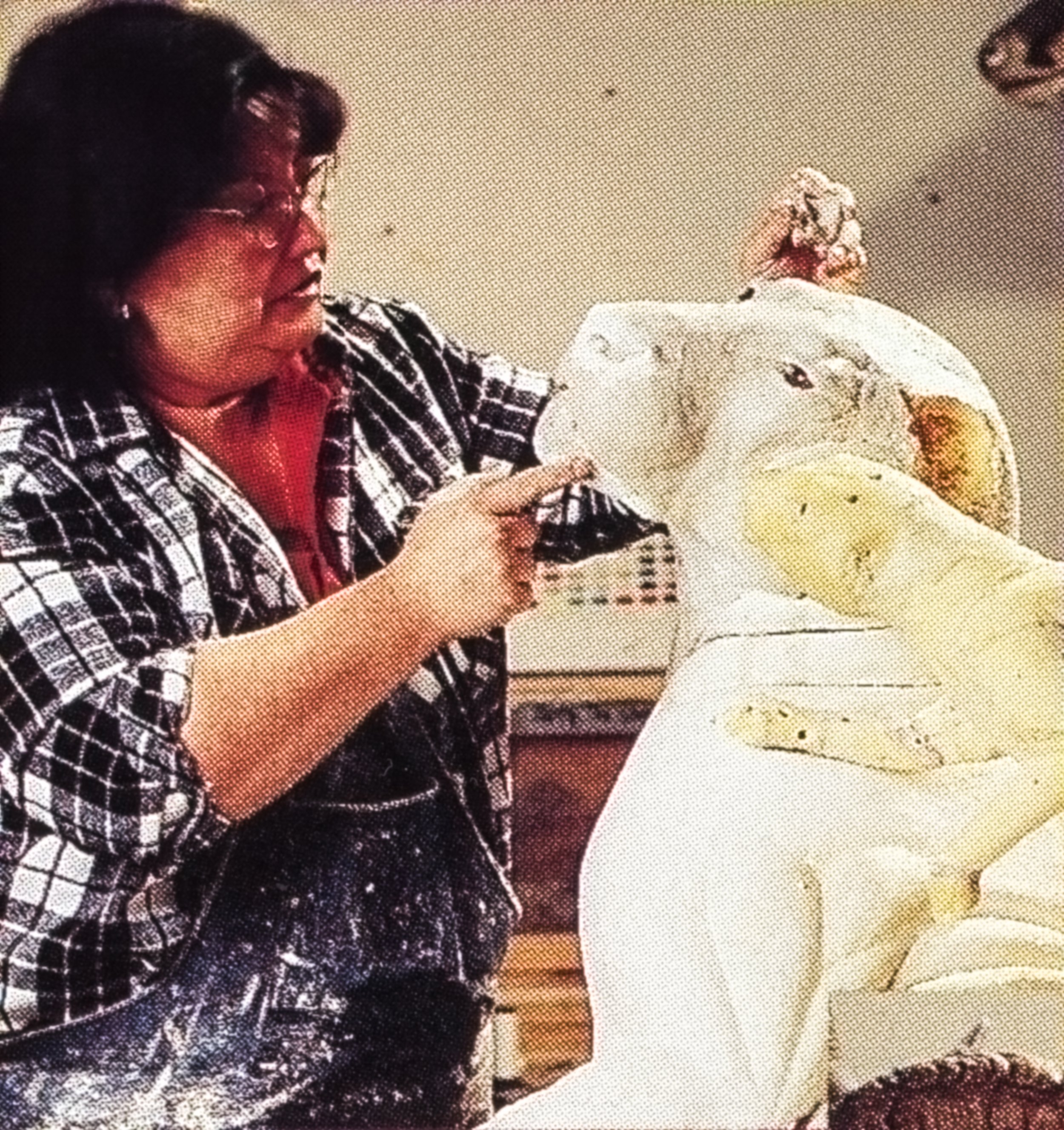
Taxidermy
Taxidermy trophy animals are found in Museums of Natural History all over the world and are a main tourist attraction for many people. To a hunter, the taxidermy mount represents a time in their own history and reminds them of a great experience they may have shared with family and friends. A hunter invests a great deal of money and time in pursuing their passion. A mounted trophy is a lasting memory of the experience and a great way to share the adventure with others. Capturing the natural being of an animal is an art form perfected by accomplished taxidermist.
The art of taxidermy is a very specific process requiring special skill to bring the skins, horns, and antlers of an animal to lifelike appearance. Some specimens are head and shoulder mounts while others are full life size including all parts of the animal that are preserved for many years. The ancient Egyptians preserved humans and their pets as early as 2200 B.C. Thousands of years later, around 1530, the Italians preserved the earliest known animal mount in a cathedral in Ponte Nossa, Italy. Taxidermy techniques in Europe evolved over the centuries as a way to display hunting trophies as decor. In the 1800s, the Ward family in England became synonymous with taxidermy for well-to-do hunters and royalty. The Ward’s hired a young taxidermist by the name of Carl Akeley to prepare exhibits for the 1893 World’s fair in Chicago. Akeley is considered the father of modern taxidermy including developing the first habitat dioramas and methods of modeling lightweight, durable lifelike forms.
The initial collection of taxidermy species in Nature’s Window was provided by the Kollmeyers from their collection gathered over the past 50 years along with other donors from Washington and Arizona. As the collection matures, more examples of species will be added.
The Taxidermy Team
The Nature’s Window: Museum of Wildlife, Natural History, and Art taxidermy is provided by the following artisians:
Stuart Farnsworth, Monarch Taxidermy, LLC, Helena, Mt.
Mike Boyce, Animal Artistry, Reno, Nevada
Dan Yedinak, Four Point Taxidermy, Wenatchee, WA
Brandon Flansberg, Stuffed Taxidermy, Cashmere, WA
Les Robertson, Robertson’s Taxidermy, Yellowknife, Northwest Territories, Canada
Marty Thomas, Alpine Taxidermy, Grand Forks, British Columbia, Canada
Eric Stelk, Eric Stelk Taxidermy, Pilot Rock, Oregon
The Custom Taxidermy Process
This entire process requires three to four times the amount of time and effort that commercial taxidermists invest in mounts. It is the difference between a single head and shoulder mount and museum quality diorama presentations.
1 Tanning
This all begins with a custom tannery. Utilizing the best of old-world craftsmanship and state of the art technology each skin is individually evaluated and prepared specifically for our taxidermists. Maximum stretch is achieved in addition to a high luster finish preserving the animals pelage . All of which is a critical foundation to quality lifelike mount.
2 Sculpting
Every mount is individually sculpted to achieve anatomical accuracy and to reflect unique wildlife behavior. Commercial mannequins are cut and repositioned to create distinctive animal characteristics or custom forms are sculpted in clay using the original skeleton as the foundation. Taxidermists take extra time and effort in order to assure an original piece of wildlife art that reflects the desired pose of the animal.
3 Fitting
3. The prepared skins are fit over the mannequins multiple times during the sculpting process. Each time changes are made to achieve proper size and fit. This assures the recreation of a specific animal rather than a generic mount.
4 Anatomy
Careful reconstruction of muscle structure, veins, and tendons is a vital stage prior to skin application. These details show through and make the subtle difference in realism.
5 Sewing
After final skin application, edges are rejoined using surgical sutures to produce a nearly invisible seam. Upon completion of the sewing process, the skin is carefully adjusted so the hair patterns are correctly aligned. The skin is then pinned in place to highlight muscle structure created in the mannequin.
6 Finishing
6. After the mount is thoroughly dry all the pins are removed and the hair is cleaned and groomed. Nostrils, eyelids and other facial features are sculpted with a durable resin and are artistically airbrushed to produce the soft realistic features characteristic of each animal.
7 Habitat
7. The habitat setting is a great priority for most mounts. A custom base is crafted for each mount in the finishing department. Taxidermists carefully design terrain indicative of each specie adding composition and authenticity of the mount. Hardwood pedestals and trim are available as an additional feature. In the case of full dioramas, the habitat, animal, and background mural are all coordinated to depict a natural environment with correct fauna and flora for each scene and species.









